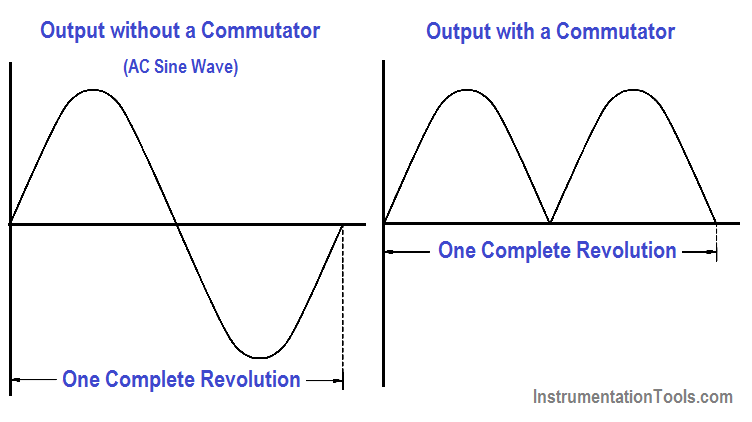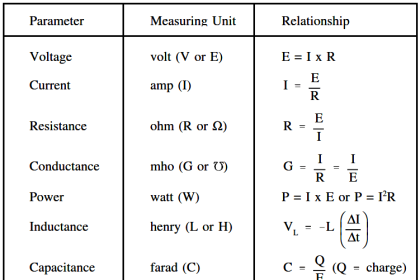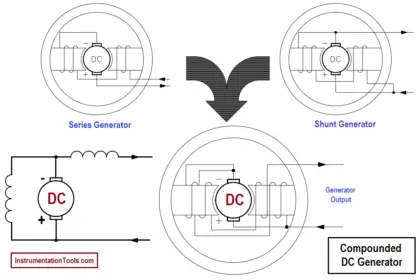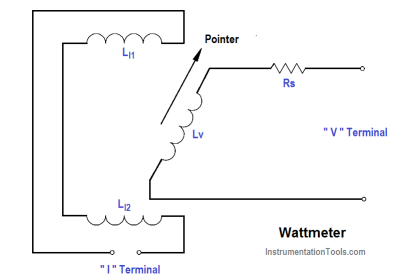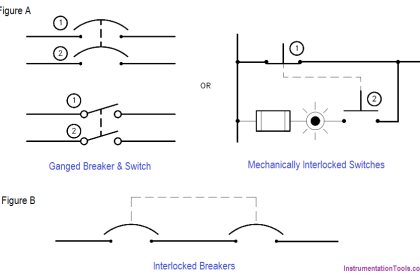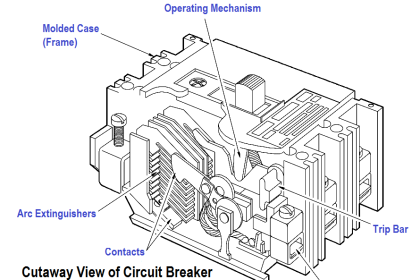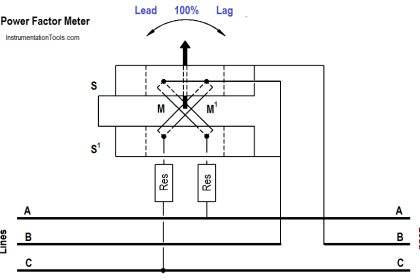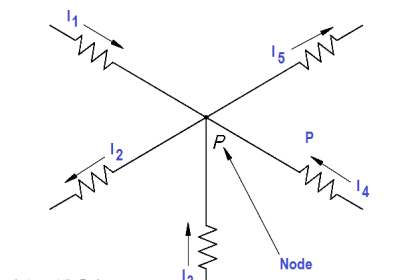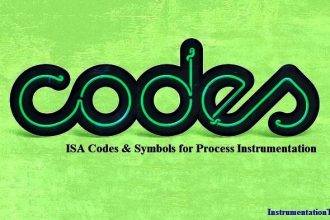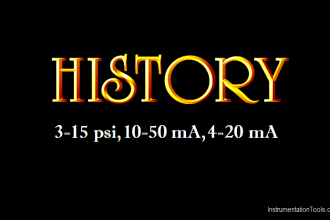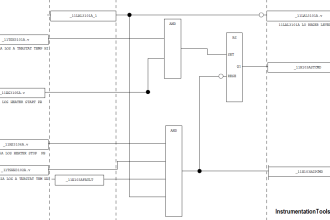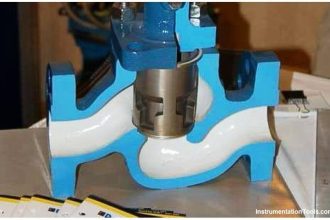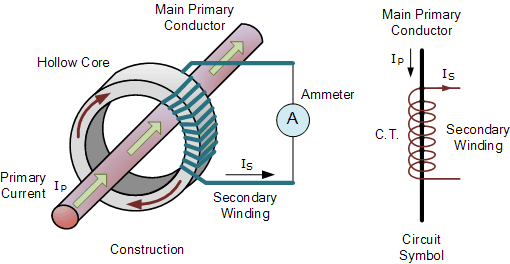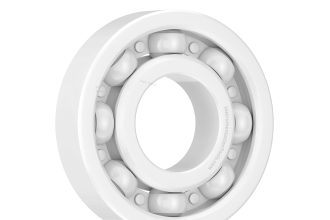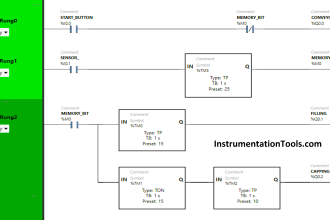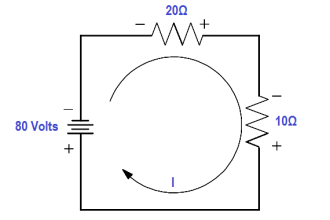DC Machines Terminology
Terminal Voltage
Terminal voltage, as applied to DC generators, is defined as the voltage that can be measured at the output of the generator.
Counter-Electromotive Force (CEMF)
In a generator using a rotating armature, the conductors cut the magnetic lines of force in the magnetic field. Voltage is induced in the armature conductors.
This induced voltage opposes the applied voltage; it counteracts some of the applied voltage, which reduces the current flow through the armature. This induced voltage acts counter to applied voltage; therefore, it is called counter-electromotive force (CEMF).
Applied Voltage
Applied voltage is defined as the voltage that is delivered across the load. This voltage should be the same as terminal voltage; however, various circuit faults and losses may reduce the terminal voltage.
Commutation
Commutation is the positioning of the DC generator brushes so that the commutator segments change brushes at the same time the armature current changes direction. More simply stated, commutation is the mechanical conversion from AC to DC at the brushes of a DC machine, as shown in Figure 1.
Figure 1 : AC to DC Conversion with a Commutator
In a DC generator, commutation provides for the conversion of AC to a DC output that is generated in the armature windings. Commutation will be discussed in greater detail in subsequent articles.
